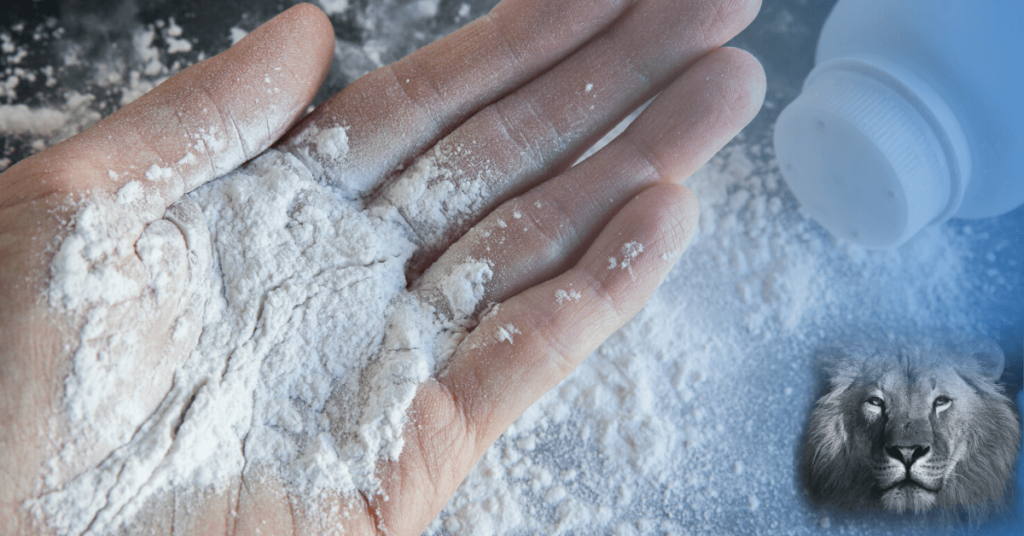In a country powered by consumer goods, it comes as no surprise that laws exist to ensure the safety of products placed into the stream of commerce, and to protect victims who suffer losses as a result of defective products.
Products liability enables Plaintiffs who have been injured by defective products to bring civil claims against the responsible party – often a manufacturer, distributor, or retailer.
While there are different types of products liability cases, including negligence and breach of warranty, California law imposes strict liability for design defects, which means a Plaintiff does not need to prove a Defendant was negligent. In order for strict liability to apply, the product also does not have to be unreasonably dangerous; it only needs to be defective (Romine v. Johnson Controls, Inc. (2014) 224 Cal.App.4th 990, 1000).
Because design defect cases are based on strict liability, claims that allege a defective design are generally hinged on:
- Proving a product is defective; and
- Proving a sufficient causal connection between the Defendant, the product, and the Plaintiffs’ injury.
What is a Design Defect?
A design defect is some type of flaw in the intentional design of a product that makes it defective from its inception. A chair designed with three legs, for example, is defectively designed because it is prone to tipping over.
Under California law, there is a little more to the elements of a products case, and a lot more that goes into determining what constitutes a design defect. Specifically, thanks to the landmark case of Barker v. Lull Engineering Co. (1978) 20 Cal.3d 413, 426-429) there are two separate tests to prove a design defect:
- The Consumer Expectation Test; and
- The Risk-Benefit Test.
Plaintiffs may use either test, or both tests, to prove a design defect to a jury (McCabe v American Honda Motor Co. (2002) 100 Cal.App.4th 1111, 1126). Pleading more claims against a defendant, when possible, can add to the leverage and strength of a case.
The Consumer Expectation Test
In most cases, the simplest test for proving a design defect is the consumer expectation test (CACI No. 1203). In short, the test evaluates whether a product failed to perform as safely as an ordinary consumer would have expected it to perform when used as intended, or in a reasonably foreseeable way.
Per the California Civil Jury Instructions, Plaintiffs must prove that:
- The Defendant is responsible for designing, making, or distributing / selling the product;
- The product did not perform as safely as an ordinary consumer would have expected it to perform (when used as intended or a reasonably foreseeable way);
- The Plaintiff was injured; and
- The product’s failure to perform safely was a substantial factor in causing injury.
Although retaining experts and specialists is an important part of pre-litigation investigations and products case preparation, expert testimony may not play as vital a role in design defect claim based on the consumer expectation test as it does in others. Whereas claims brought under the a risk-benefit test may require a battle of competing experts, those which proceed under a consumer expectation test only need to focus on producing evidence for which the jury will use “its own sense of whether the product meets ordinary expectations as to its safety under the circumstances presented by the evidence.” (Romine, supra, 224 Cal.App.4th at 1001)
This means Plaintiffs will still need to prove to the jury that the product did not perform as safely as the reasonable consumer expects – such as a bicycle that suddenly collapses, a wheel lock that fails to fully brake, or a thermos that separates and causes burns. Experts cannot be used to opine on what consumers ordinarily expect (Chavez v. Glock, Inc. (2012) 207 Cal.App.4th 1283, 1303).
Other important issues to consider in regard to the consumer expectation test:
- Foreseeable Misuse: Defendants in design defect cases can be held liable for injuries that occur when a consumer misuses a product in a reasonably foreseeable way. Standing on a plastic chair, for example, may constitute foreseeable misuse. Driving a Corvette at 90mph, may also be foreseeable misuse (although comparative fault may also apply).
- Joint and Several Liability: Strict liability among Defendants in products cases is joint and several, meaning any defendant involved in bringing the product into the stream of commerce can be held responsible for all of the Plaintiff’s damages. Defendants may seek to indemnify themselves from each other. If another Defendant could also be liable under the theory of negligence, fault may be apportioned between strictly liable and negligent Defendants. Joint and several liability can benefit Plaintiffs and their counsel in cases where product designers or manufacturers are foreign entities. In such a situation, a claim against a U.S.-based retailer (who would likely carry commercial insurance coverage for selling the product) would still allow Plaintiffs to recover damages.
- The Defense & Discovery: Defendants in product cases may be apt to stonewalling, but persistent Plaintiffs’ lawyers can compel discovery in order to force them to share important evidence, including any and all documents relating to the design, patent, and warning / instructions of a product. While Evidence Code 1151 typically bars evidence of subsequent remedial measures from admission in cases based on negligence or culpable conduct, such evidence is discoverable and admissible in strict liability claims (Ault, supra, at 117-120). This can be a powerful tool in products cases.
The Risk-Benefit Test
Proving strict liability using a risk-benefit test, which is common when products are technically or mechanically complex, generally requires Plaintiffs to prove only that:
- The Defendant is responsible for designing, making, or distributing / selling the product;
- The Plaintiff was harmed; and
- The design of the product was a substantial factor in causing injury.
Per CACI No. 1204, juries are instructed that they must rule in favor of Plaintiffs who prove the above elements, unless a Defendant effectively proves that the benefits of a product’s design outweigh the risks of the design.
In determining whether benefits outweigh risks, juries consider:
- The seriousness of potential injuries that could result from using the product;
- The likelihood of these injuries occurring;
- Whether an alternative safer design was feasible at the time a product was made;
- The cost of an alternative design;
- The disadvantages of an alternative design; and
- Other relevant factors.
Because the burden shifts to the Defendant to prove that the benefits of their challenged design outweigh the risks of danger, Plaintiffs will also likely need to counter by proving that a feasible, reasonable alternative design existed, and that its adoption could have reduced or prevented their injury.
In many aspects, design defect claims that utilize the risk-benefit test can turn into battles between experts and arguments over the existence of an alleged defect and its potential safer alternatives. Plaintiffs’ attorneys should remember, however, that there can be limits on what constitutes a reasonable alternative.
This includes the legal distinction between the product and its proposed alternative, and specifically the distinction between products that produce a similar effect or end result, but operate in a “fundamentally different” manner. In a recent Massachusetts appeals court decision, for example, the Plaintiff argued that risks of blood clots associated with a contraceptive patch could have been reduced, in part, if the contraceptive came in pill form. However, the Court ruled that because the products operate in a fundamentally different manner, a pill could not be considered a legally sufficient reasonable alternative to the patch (Niedner v. Ortho-McNeil Pharmaceutical, Inc.).
How Long Do I Have to File a Design Defect Lawsuit?
In California, the statute of limitations for personal injury applies to claims of defective design. This means a Plaintiffs will have two years to file a civil lawsuit to recover financial compensation for the damages they incurred, including their pain and suffering, lost income, medical expenses, and other economic and non-economic damages.
Per California’s discovery rule, the two-year statute of limitations begins when a Plaintiff knows, or should have known, of the injury and its relation to the product.
For many cases, this means two years from the date of an accident involving a defective product. For others, such as defective products resulting latent injuries or illnesses, this means two years from the date a Plaintiff becomes aware of the causal connection between their condition and use of a product.
Biren Law Group: Proven & Passionate Representation
Biren Law Group is a father-son legal team and boutique practice that focuses on providing personalized and passionate representation in complex claims. If you or someone you love have been injured by a defective product, or if you are an attorney with a complex products case in California, our team is available to evaluate the merits of your potential case, and the most viable avenues for a successful resolution.
Learn more about your options and how our team can help by calling (310) 774-0078 or contacting us online. Our products attorneys serve clients throughout Los Angeles and Southern California.

